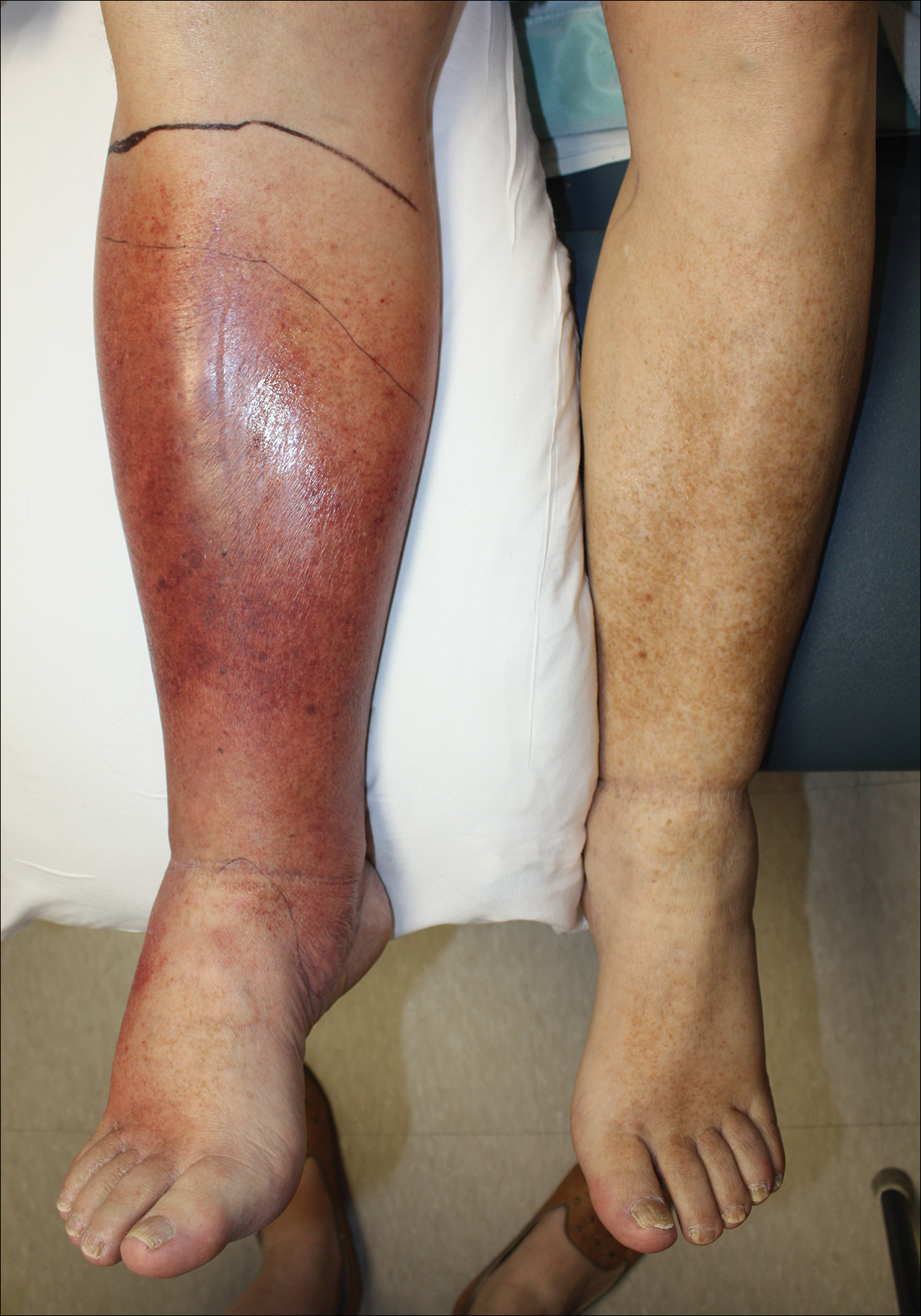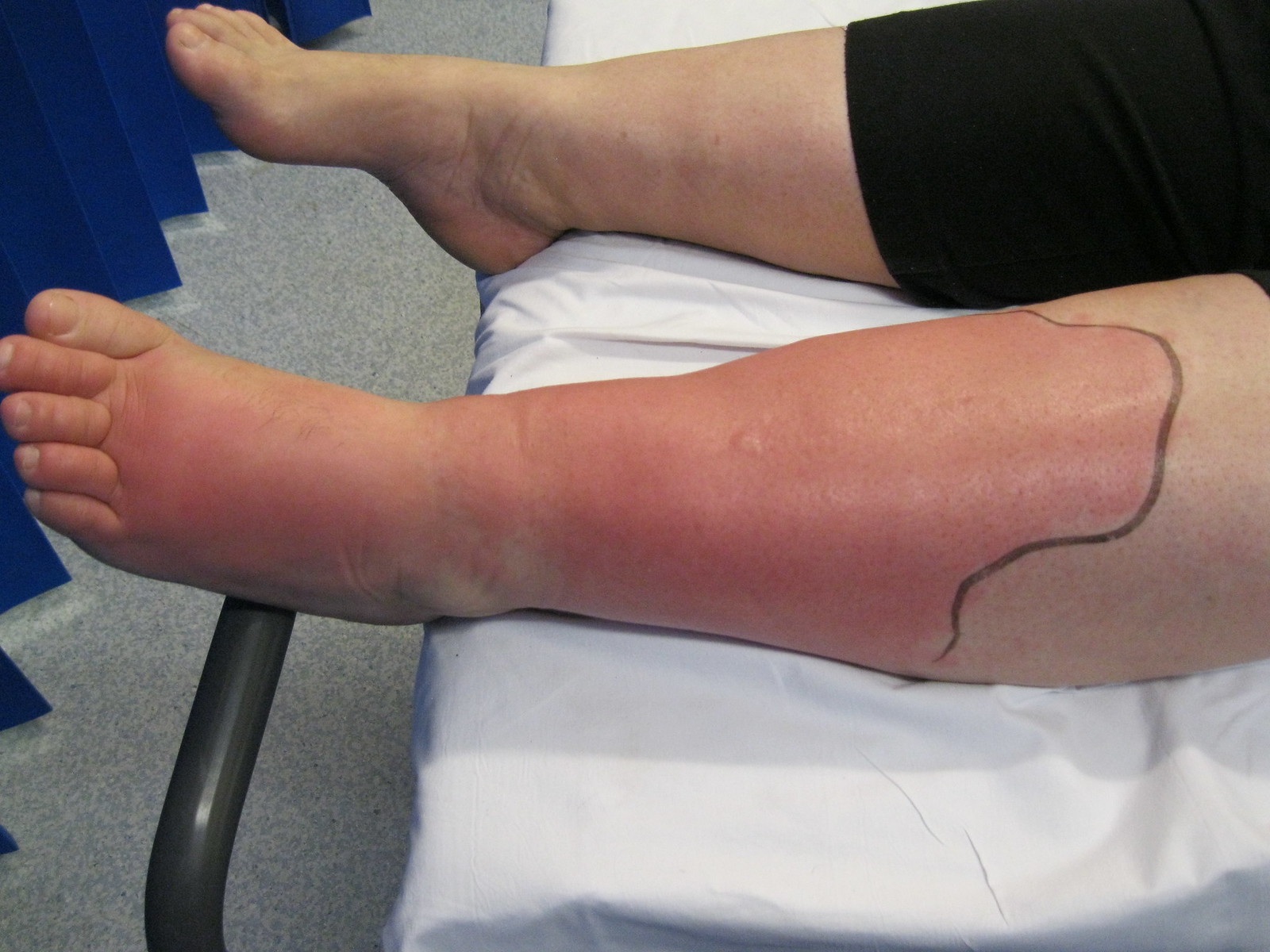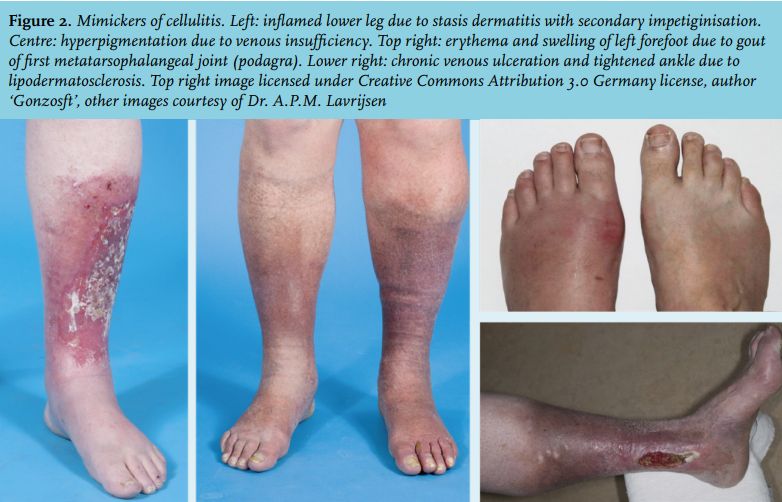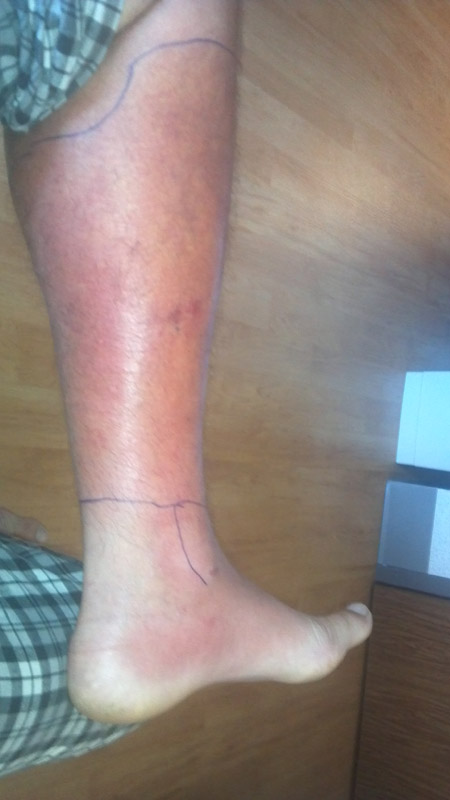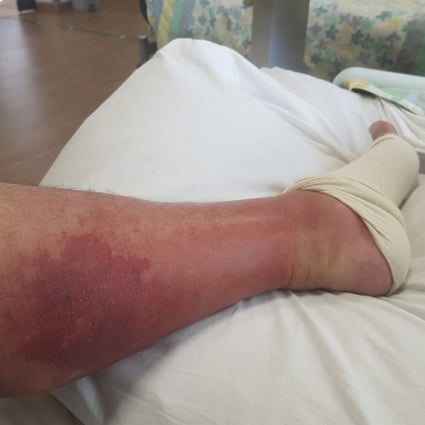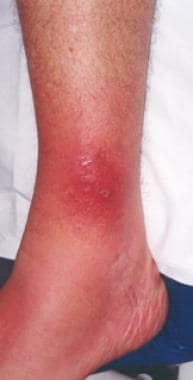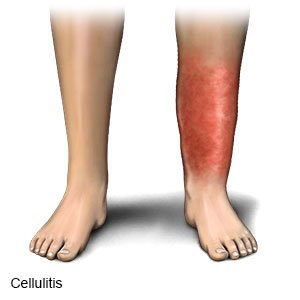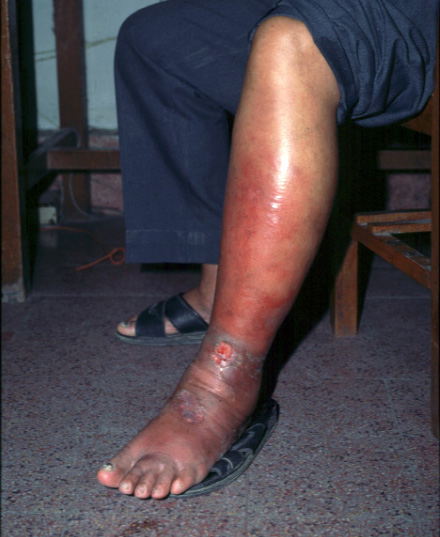Acute Cellulitis Of The Lower Leg
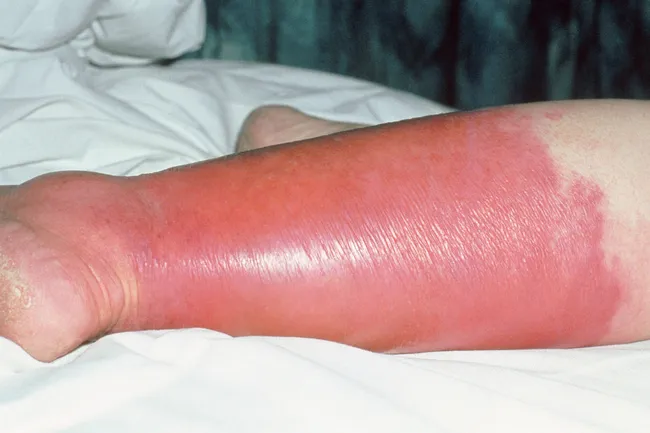
REDUCING MISDIAGNOSIS OF CELLULITIS.
Acute cellulitis of the lower leg. Assessment should include good skin examination as active skin disease such as venous stasis eczema and athletes foot tinea pedis is often overlooked as a primary cause. Typically in addition to these symptoms cellulitis will make you feel unwell or give you flu-like symptoms such as fever tiredness and aching. A high temperature fever of 38C 1004F or above.
Ascending cellulitis which extends up the leg of the lower leg is usually due to streptococcal or sometimes staphylococcal infection. Assessment should include good skin examination as active skin disease such as venous stasis eczema and athletes foot tinea pedis is often overlooked as a primary cause of lower limb cellulitis and recurrent episodes. Cellulitis presents as an enlarging area of red hot swollen and tender skin.
It is the result of poor circulation in the lower limbs and typically affects the lower legs and ankles. Within three days of starting an antibiotic let your doctor know whether the infection is responding to treatment. The diagnosis of lower limb cellulitis requires careful and structured assessment.
A fever may accompany these symptoms. Redness Swollen limb Tender to touch Increased warmth around affected area. Cellulitis treatment usually includes a prescription oral antibiotic.
The red rash area may get worse or spread over time. Usually a wound the site of. Risk factors for acute bacterial cellulitis in hospitalized patients include predisposing factors and the presence of sites of pathogen entry on legs and toe webs.
Because of the absence of confirmatory tests the diagnosis of cellulitis is clinical although the role of inflammatory markers such as C-reactive protein is under investigation. It is important to see a doctor early before the cellulitis infection worsens and affects a larger area. Youll need to take the antibiotic for as long as your doctor directs usually five to 10 days but possibly as long as 14 days.
